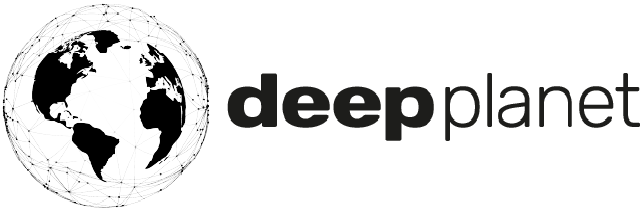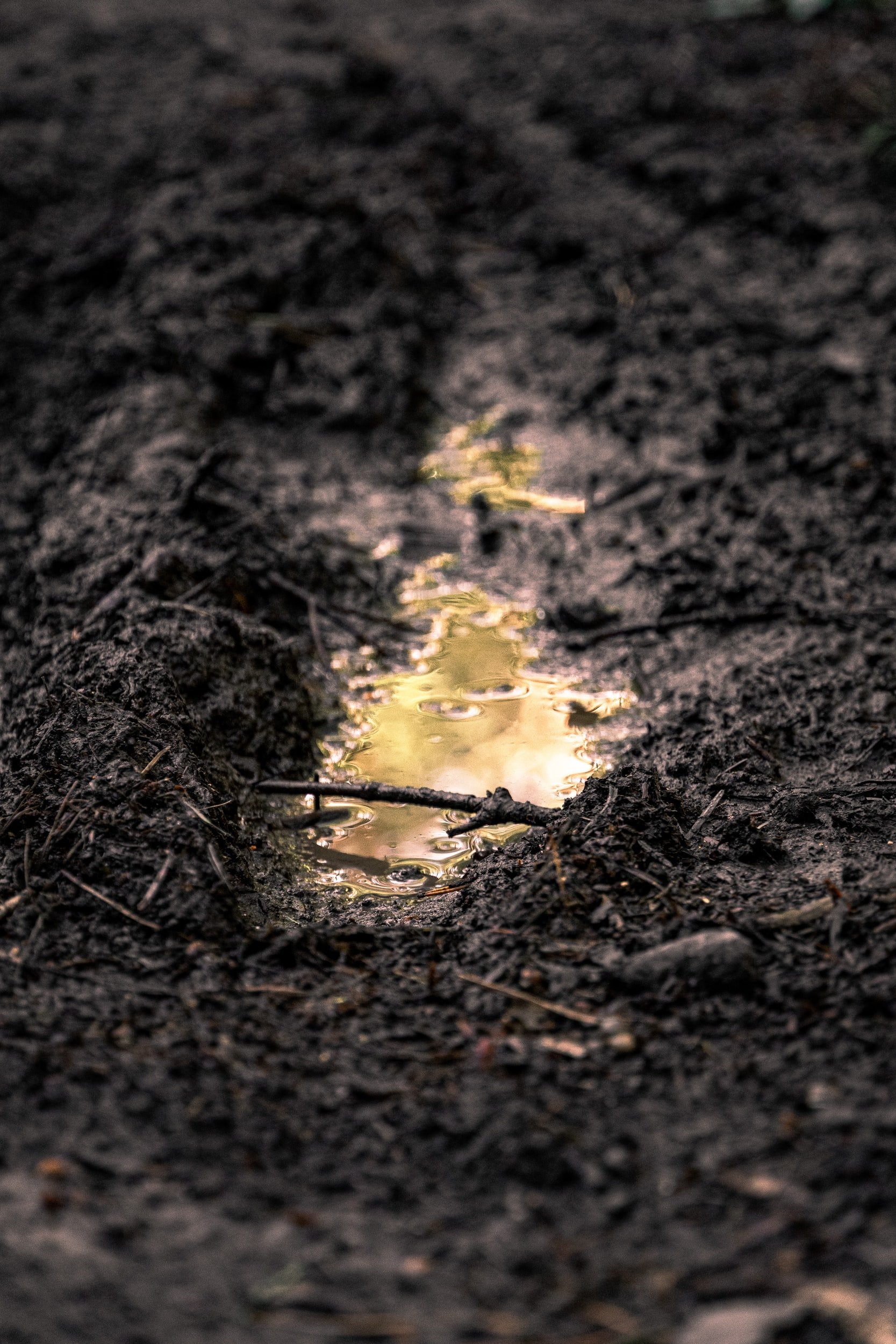Is Remote Sensing the Future of Nutrient Monitoring?
5-minute readThe Problem with Traditional Nutrient Monitoring:
Monitoring nutrient levels within soil and tissue represents an important step in maximising the yield and quality of your harvest, but manual sampling methods are laborious and inefficient. Since the traditional, direct monitoring of nutrient content in soil, by collecting soil and plant tissue samples and their subsequent laboratory analysis, is time-consuming and expensive, manual sampling is not suitable for frequent use during the season. In addition, taking small numbers of samples across a field offers little analytical value and means that variation can be overlooked. Applying excess fertiliser to negate any problems associated with minimal sampling represents a significant financial outlay for farmers, as well as an environmental issue. Regular nutrient analysis, made possible by remote sensing, can help us tackle these problems.
The Solution:
Remote sensing from satellite imagery can help growers to identify nutrient deficiencies in a cost effective and timely manner from the comfort of their home. High fertiliser prices were commonplace in 2021 and could be set to double in 2022 (Teagasc & DTN, 2021). Remote sensing can help growers to apply fertiliser more accurately, without the labour costs associated with traditional soil monitoring.
In addition, regular monitoring of spatial variation in nutrients, made possible by remote sensing, can help to inform more precise long term nutrient application strategies by helping to identify seasonal patterns in nutrient distribution across a grower’s fields and farm. This can result in additional savings on fertiliser whilst helping to reduce overapplication and the negative environmental effects associated with this practice.
The bottom line is, remote nutrient monitoring can have a transformative role in helping growers to save on fertiliser & labour costs and reducing the environmental impact of their business, all whilst continuing to maximise their crops’ yields.
How It Works:
Using remote sensing data and advanced machine learning (ML) technologies we are able to analyse the spatial distribution of soil nutrients in agricultural fields and monitor temporal changes in the content of the main nutrients (N, P, K) of crop plants. This allows us to develop recommendations for farmers on the amount of fertiliser to be applied to a whole field or more precise areas within a field to drive yield increases during the season.
We analyse temporary changes of nutrient content in agricultural fields using time series of high resolution satellite imagery and the vegetation indices calculated from them. Our team has run numerous ML experiments, utilising the full spectrum of satellite imagery, to assess accurate digital signatures that identify each specific nutrient. This allows us to observe the general health state of the vegetation cover in the field of each specific crop, as well as to identify problem areas and anomalies that may indicate a deficiency of a particular nutrient.
To build a better picture of patterns in soil nutrients we also take into account information on topography, soil type and texture, soil organic matter content and soil moisture conditions, since all these environmental components can be a limiting factor affecting the yield. Imagery analysis clearly shows that, in general, the distribution of nutrients (e.g., soil phosphorus and nitrogen in tissues) is highly dependent on topography and zones of potential accumulation of water in the soil (DEM: red – higher elevations, blue – lower; SAGA Wetness index: dark-blue – higher potential, light-blue – lower potential). In context this means, in the lower parts of the field, the content of these nutrients is usually higher, and the peak seasonal NDVI values, reflecting the development and health of biomass is also greatest in these same parts of the field compared to the higher part of the field.
By comparing the distribution of nutrients and the temporal change in their levels across a field with yield data at the end of the season we can even make strong conclusions on the contribution of different factors to the changes in yield.
Remote Sensing Imagery showing Phosphorus & Nitrogen levels for a sample field on the 24th of June 2021
Find out More:
Interested in trying out our remote nutrient detection technology for yourself? Why not book a demo with us now and we can discuss how our nutrient detection technologies could improve your nutrient management process.


